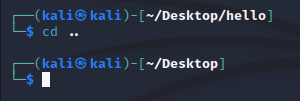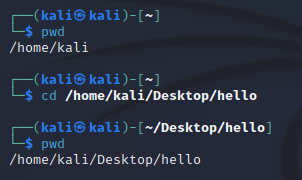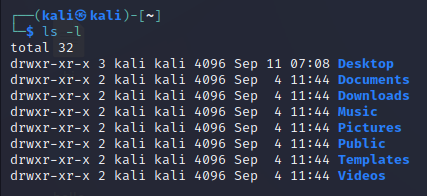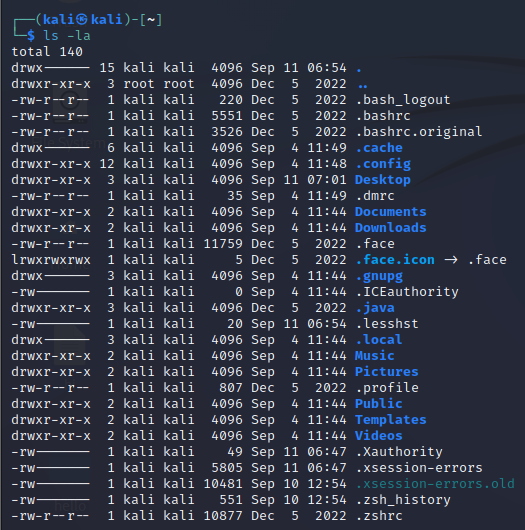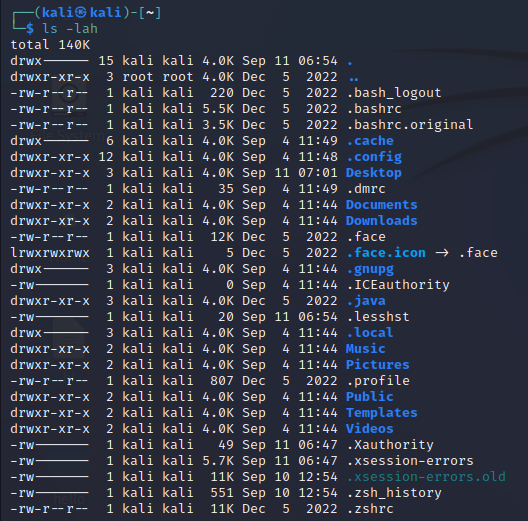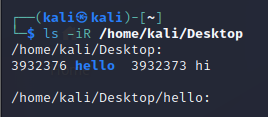Linux Keybord Shortcuts and Basic Commands Part-1

Whether you’re just starting out or a seasoned user, learning these key commands and shortcuts can make your time spent using Linux easier and more productive. So let’s get started and uncover Linux’s command-line secrets.
Keyboard Shortcuts
The keyboard shortcuts listed below will assist you in writing scripts or running commands and, in addition to that, they will help you save time:
- ctrl+ alt + t : to open the terminal
- windows + arrows : to move the location of the window
- ctrl + shift + plus key : increase the font size
- ctrl + shift + minus key : decrease the font size
- ctrl + l : to clear the terminal
- ctrl + c : to end a process
- ctrl + z : to pause the process
- up arrow , down arrow : to navigate through previously used commands
- tab key : to auto complete the command typed
- ctrl + shift + w : to close the terminal
And in the upcoming parts of this series, I’ll be adding additional shortcuts to the list as I discover them.
Linux Commands:
After learning the keyboard shortcuts, let’s rapidly cover the basic commands in Linux. Be sure to practice them manually so that you can quickly understand and recall them.
Note: Use the commands as stated in the article since Linux is case sensitive.
man
man command shows manual for the command written next to it , an interface to the system reference manuals

whatis
one line information about the command
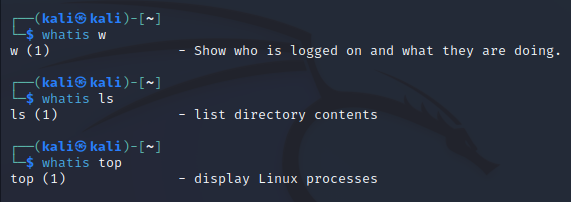
pwd
displays the present working directory

cd
cd is as simple as its name that is to ‘change directory’
ls
ls command lists the directory contents

-
ls -a: shows all the files irrespective of hidden or not
ls-a Command -
ls -l: shows the long view associated to the files
ls-l Command -
ls -lah: shows the file size in human readable format
ls-lah Command -
ls -iR /Desktop: to view files in particulate directory
ls-iR Command
clear
The clear command is used to clear the screen
This concludes Part 1 of a series on Linux keyboard shortcuts and basic commands. Keep checking back for future parts of this series as well as other interesting cybersecurity articles. And if you have any questions, feel free to connect with me via email or on LinkedIn.
Happy learning, buddies!
